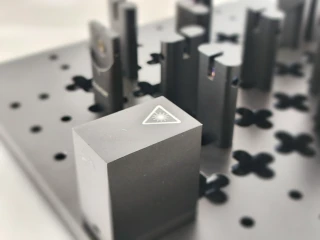Optomechanical Kits
Frequently Asked Questions
What is an opto-mechanical kit?
An opto-mechanical kit is a set of components that are necessary to build project deliverables such as laser alignment systems, sensor systems, microscopes, and more.
What types of components are included in opto-mechanical kits?
Opto-mechanical kits typically include components such as mirrors, lenses, mounts, stages, filters, and other accessories necessary to build a complete optical system.
Can opto-mechanical kits be customized?
Yes, opto-mechanical kits can be customized to meet the specific requirements of a project or application. Some manufacturers offer the ability to select individual components and configure a kit to meet specific needs.
What are the advantages of using opto-mechanical kits?
Opto-mechanical kits provide a convenient and cost-effective way to obtain the necessary components for building a complete optical system. They also ensure compatibility between components and may include technical support from the manufacturer.
What applications are opto-mechanical kits used for?
Opto-mechanical kits are used in a wide range of applications, including laser systems, microscopy, spectroscopy, and more. They are commonly used in research, industrial, and scientific applications.
Opto-mechanical kits provide all the necessary components to build laser alignment systems, sensor systems, microscopes, and other project deliverables. These kits simplify the process of selecting and acquiring individual components, saving time and effort. Whether for industrial or scientific applications, opto-mechanical kits can provide a versatile and cost-effective solution for building complex optical systems.
